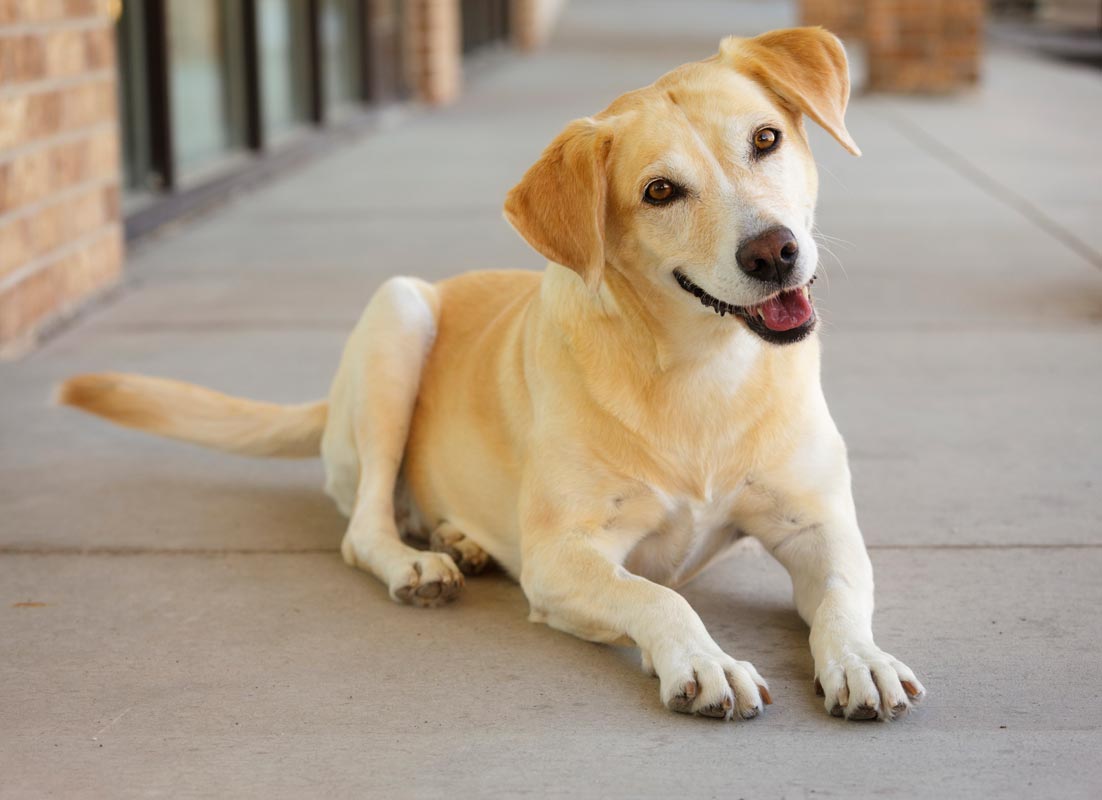
Not all tail wags mean the same thing and not all wagging tails are a signal of friendliness. He says the issue happens because the muscles get fatigued the small joints and ligaments in the tail get stressed and then the tail becomes flaccid.

Wagging their tail is a response of stimuli.
Why do dogs wag tail when in trouble. Although tail movement and position vary slightly between dog breeds many general movements are the same. A wagging tail and a few licks are usually a friendly greeting from a dog. Limber tail often is due to a muscle sprain or strain in a dogs tail.
These injuries are associated with overuse but also can be due to. Exposure to cold weather. Excessive exercise without proper conditioning.
Swimming is the most common cause of limber tail possibly due to chilly water conditions and abnormal exercise. Tail sprains mainly occur from overuse Mahaney says especially with dogs who swim a lot because they tend to use their tail as a rudder as they swim. He says the issue happens because the muscles get fatigued the small joints and ligaments in the tail get stressed and then the tail becomes flaccid.
A wagging tail simply indicates that a dog is mentally aroused and engaged with what is going on in his environment not how he will react to whatever is going on. Siracusa says its difficult to parse meaning from just a tail wag and even other dogs who have a better ability to read those signals than humans do sometimes make mistakes. In this lesson students discover why dogs expressions like tail wagging are so useful when living in a pack.
In the activity Field Journal students watch videos of different animals that live in groups to simulate observing them in their natural habitats. Your dog may wag their tail when laying down to ensure it is still there. They can feel the motion of their tail which lets them know that it is safe and functional.
Its difficult for a dog to look back and see their tail so its easier to feel it moving instead. Without full use of his tail hell have trouble navigating these situations and can put himself at risk for injury. This wagging appendage is also a great communicator.
Happy sad excited embarrassed or angry your dog uses his tail to say a lot. Scientists in Italy were so curious about their dogs communication via tail that they studied it. Thump Thump Thump goes his tail against your leg arm or face as your dog hits you with his tail.
Every dog owner can relate to being hit by his or her dogs tail or having a table or area cleared by a swinging tail but why it happens is not readily clear. Since the tail is also used for balance a dog with limp tail may have difficulty getting up after lying down and with squatting to urinate or defecate outside. Sometimes dogs will also be unable to get comfortable when lying down and may even lose their appetite due to the pain in the tail.
If a dog is relaxed and calm their tail will be in its natural position which can vary by breed. For most dogs this natural relaxed position involves the tail hanging calmly down by its hocks or heels. Possible reasons why your dog randomly wags its tail are wanting attention boredom thinking youre giving it something hearing something or rewarding the behavior.
Your dog might actually be doing it for a number of different reasons and it might be due to a combination of them. Dogs do use their tails to communicate though a wagging tail doesnt always mean Come pet me Dogs have a kind of language thats based on. Why do dogs wag their tails.
A tail is one element of body language that dogs use to communicate alongside body posture and facial expressions. Not all tail wags mean the same thing and not all wagging tails are a signal of friendliness. It is essential to read the tail wag in the context of the rest of the dogs body language signals.
The tail may be low and wagging slowly usually because the dog is hesitant about something. Or the dogs tail may be held high and moving back and forth narrowly but rapidly. This discomfort can be a precursor to aggression.
This is one reason people sometimes report that a dog was wagging its tail just before it bit someone. Wagging their tail is a response of stimuli. Its partially voluntary or partially non voluntary mechanism they communicate strong emotions such as agitation annoyance and anger as well as happiness by wagging their tail.
Even a person can get bitten by a dog thats wagging its tail because he read the signs incorrectly.